We almost automatically associate the Christmas tree with the winter holidays. Whether we're decorating a plastic copy or a species of resinous tree brought from northern European farms, the question is always: You decorated the tree? It's only natural because the first tree to be decorated at Christmas was a Black Forest tree. It was chosen because its needle-shaped leaves remained on the branches long after it had dried, the Christmas tree placed in the house in the warmth of the sun continuing to be green. Over time, however, the silver tree originally used was replaced by Nordmann fir tree, a species native to Georgia with thicker, sturdier and hardier branches. But we'll stick with the silver fir, which we'll talk about later.
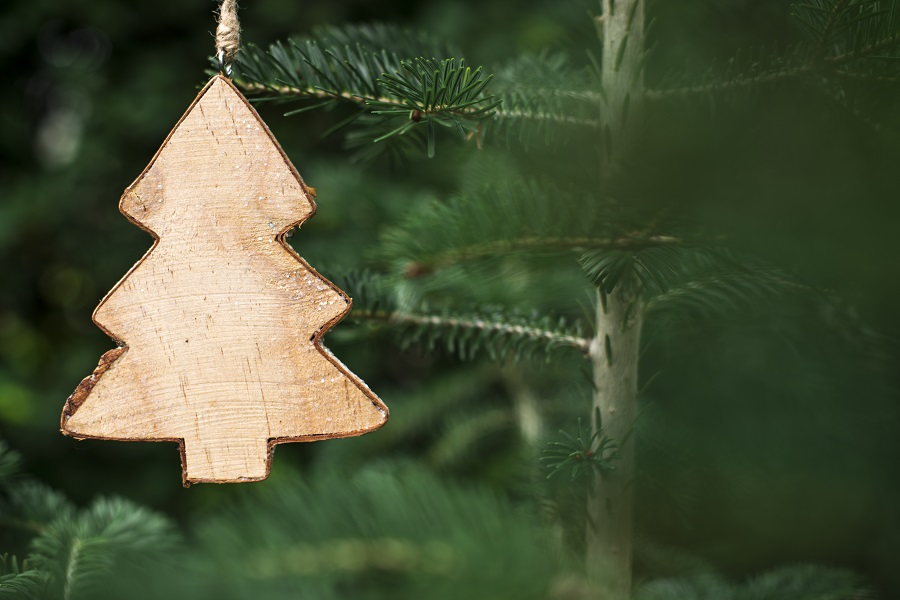
Tree specific to the mountainous regions of Europe, used in construction since ancient times
Abies albaknown as silver fir or simply brad, is native to Europe. In searches you can find it in Italian as Norway spruce (abezzo, avezzo), weistanne (edeltanne, silbertanne) in German, silver fir (or just fir) in French and silver fir (Norway spruce) in Spanish.
The fir tree's range stretches from the Pyrenees to the Carpathians and from Normandy to southern Italy, Bulgaria and Greece. The fir forests of the Black Forest mountains in Germany have provided timber for construction since the Middle Ages. From the same forests, whole trunks of fir arrived in the Netherlands in the 18th and 19th centuries to be used as masts for ships. For this reason it was also known as Dutch fir. Intense logging, slower growth and less resistance to pollution led to the decline of the fir in favour of the faster-growing and more resistant spruce. In recent times, however, the soil-fixing properties of fir have led to its use in reforestation as a mix species.
In our country, the Eastern Carpathians represent the eastern European limit for fir. Here it grows alone or together with spruce and fagul and can be found from 400 m to 1200 m altitude. There are also fir trees in the Apuseni and Southern Carpathians where they can reach over 1700 m. They are lowest in the Nerei valley where they thrive at altitudes below 200 m. The area covered by fir in the whole forest is 5%, the second most important coniferous species after spruce.
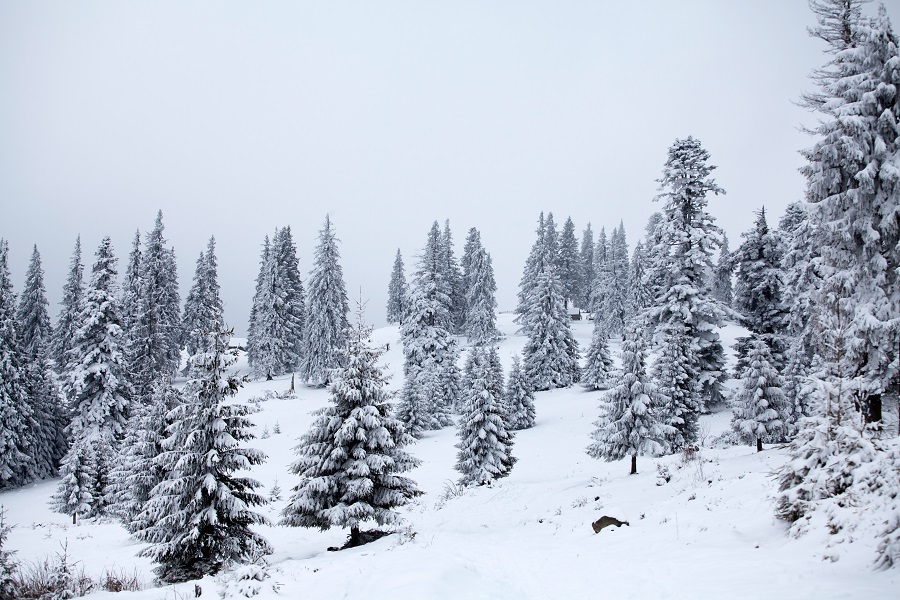
A phallic tree dominating the heights
The fir is a long-lived species that can live up to 600 years. It grows 40-50 m tall, sometimes reaching 60 m and more, with a thick, straight trunk 1.5 m in diameter. The roots are taprooted, but with time the lateral growth develops better which makes it very well rooted in the ground and also anchors the soil. This is one of the characteristics that distinguishes it from spruce, which has a weaker soil fixation, which makes it easily knocked down by strong winds.
The trunk is covered with a grey bark, hence the name silver fir, which is smooth when the tree is young and becomes scaly as it ages. Beneath the bark are pockets of resin which, as the bark cracks, begin to leak. The branches are arranged horizontally around the trunk, forming a pyramidal crown that becomes wider at the bottom when mature.
The leaves are needle-shaped, 1.8-3 cm long and 2 mm wide, dark green and glossy on the front, with 2 white stripes on the back. They are arranged on either side of the branch, the only resinous with such an arrangement, the others having needles around the branch. The leaves last on the twig for 6 to 15 years, remaining long attached even after complete drying.
It has both male and female flowers, from the latter developing cones, 10 to 20 cm long and 3-4 cm wide. The cones are cylindrical, upright (erect), are covered with scales that open at maturity and release seeds that are attached to a wing. The seeds are very hardy and can stay in the ground for over a hundred years before sprouting. In fact, the fir is one of the species that needs the least amount of light to germinate (approx. 1%), which is why it is planted in mixed forests, where young trees can wait for more than 100 years in the shade of old trees.

Fir wood: characteristics and properties
It is a species with light-coloured wood, hence the name abies alba (white fir). In cross-section there is no clear differentiation between sapwood and heartwood. The colour is whitish, slightly pinkish and darkens slightly as the tree matures. Annual rings are visible, the latewood area being darker in colour, with a gradual transition between early and late wood.
The texture is fine to medium, depending on the speed of growth. The fibre is straight, uniform, with a medium-sized tracheid diameter. There are no resinous channels in the woody mass, the resin is only under the bark. It is the essential difference between spruce and fir woodone of the few characteristics that differentiate them. In firs, resin occurs only accidentally inside the tree, only if the tree is injured during growth, and resin intervenes to repair the injury.
Fir wood has a medium density of 415 kg/m³ in a completely dry state. There are no problems with drying, unless it shows the phenomenon of wet heartwood when water accumulates inside the tree. It is not a durable wood, easily attacked by fungi and insects, with low resistance to rotting. However, it impregnates easily and so its outdoor resistance is greatly increased. It is easy to process, both manually and mechanically, and it glues and finishes without problems. When mechanically processed it does not give off a specific odour, unlike softwood species such as pin or larch. The staining is the same as for other softwoods, the use of an ordinary berry giving a negative staining (the darker coloured wood remains lighter and the paler coloured wood darkens).
Sanding the surface is all the more difficult as the wood has grown faster and is looser. There are fewer knots than in spruce and pine, and it is more difficult to unroll or cut to obtain veneers, especially thicker, technical veneers. There is a tendency to crack when hammering nails and low strength when pulling out nails and screws.
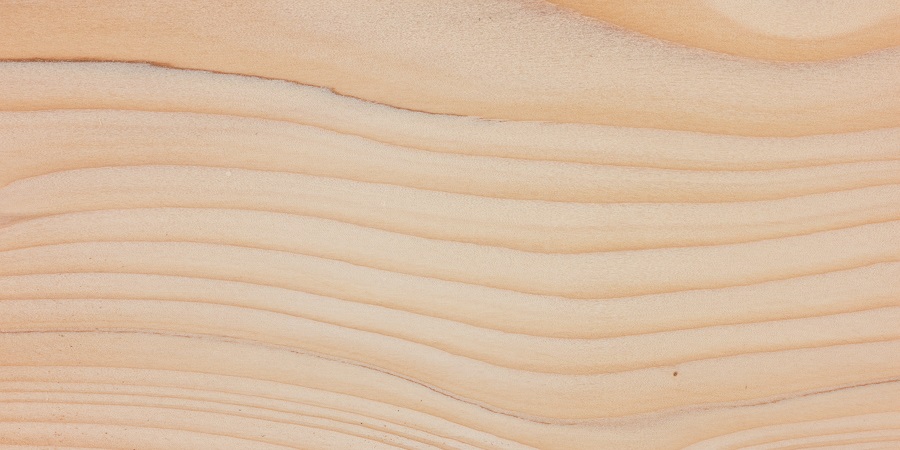
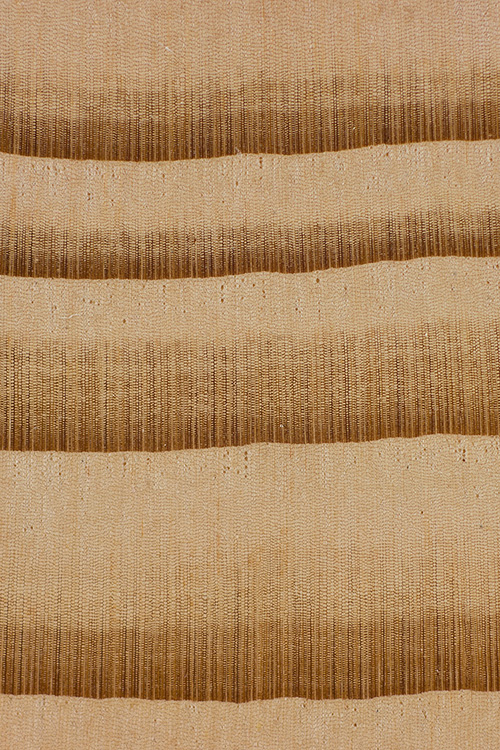
Used in construction, furniture making, pulp and paper production
Fir wood has very similar uses to spruce and it is difficult to distinguish between them. Sometimes microscopic analysis is needed to identify the species. Because it is light and has good compressive and bending strengths, it is used in construction to make timber-framed houses, roundwood or logs, for ashlars, as panelling, beams or planks. It is used in the manufacture of doors and windows.
Outdoor use is not recommended without impregnation or treatments that increase its resistance to water, insects and fungi. Pressure impregnation with specific substances followed by surface treatments greatly increases the strength of pine wood and can be used for unprotected exterior construction.
It is used in the manufacture of furniture and is particularly preferred for rustic furniture. Special finishes can ennoble wood that is not as valued as nuc, oak or ulm. It is a good material for interior floors.
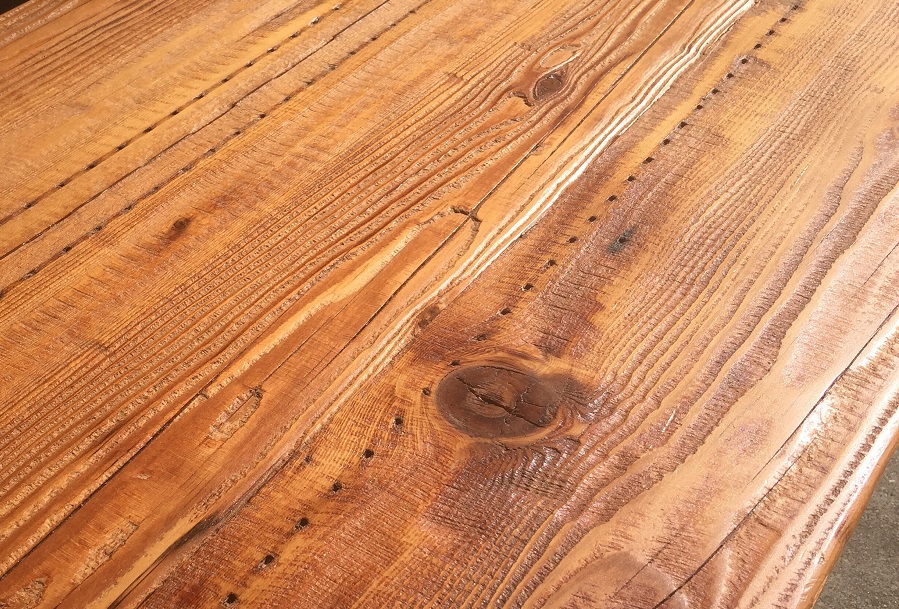
Pine wood is used in the production of plywood, chipboard, MDF, pulp and paper.
Not only the wood is used from the fir, but also the resin and buds from which volatile oils with a specific smell are extracted or used in herbal remedies (especially in treating colds and sore throats). Trees are planted to fix soils at risk of slipping. The seeds, hidden for years under the carpet of needles, are a real seedling bank for the future forest.
I hope you find the information interesting. As always, additions are welcome. And if you have any questions or queries, please leave them in the space below. I'm sure I'll answer them.

























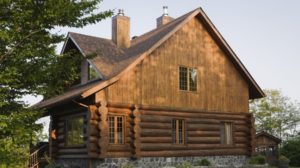

Add comment